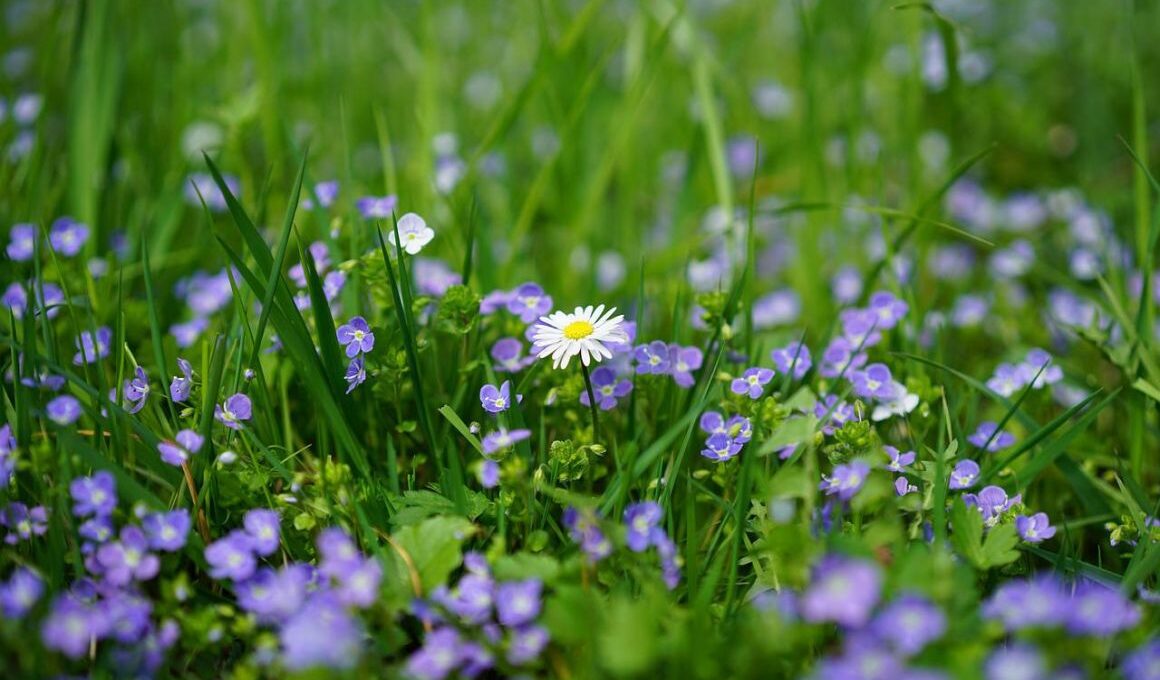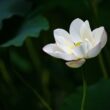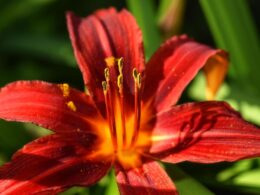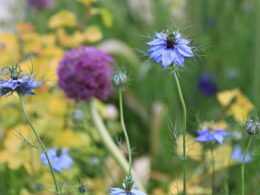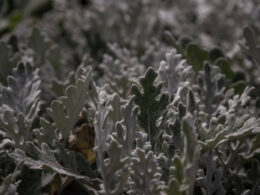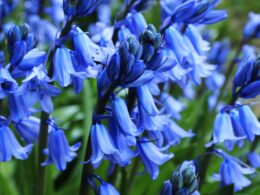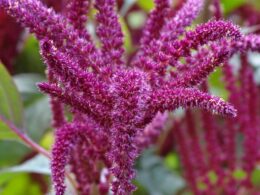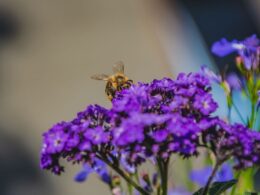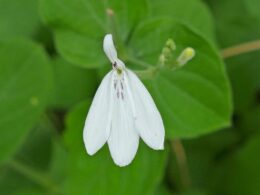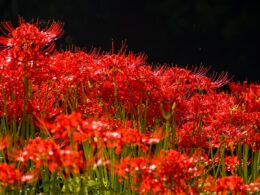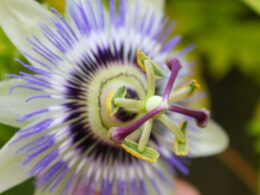What Is a Veronica Flower? Species, Origin and Characteristics
Veronica is a genus of the plant family Plantaginaceae, which includes plants like the spiked speedwell (Veronica spicata) and the longleaf speedwell (Veronica longifolia). Veronica flowers grow all over the temperate Northern Hemisphere, and some species are also found in the Southern Hemisphere.
The veronica flower is thought to get its name from Saint Veronica, who is said to have wiped Jesus’ face with a cloth on his way to crucifixion. The plant supposedly sprang up from where the cloth fell. Other common names for the genus are bird’s eye and gypsyweed.
The veronica flower is a herbaceous perennial, which means it dies back to the ground each winter and regrows in the spring. Veronica plants are usually low-growing, ranging from six inches to three feet in height, with blue, purple, pink or white flower spikes.
Veronica Flower Bloom Time
The veronica flower blooms from late spring through the fall, depending on the species. In the Northern Hemisphere, veronica flowers typically start blooming in May or June. In the Southern Hemisphere, they bloom from November to January.
Types of Veronica Flowers by Color
Veronica flowers come in a variety of colors, including blue, purple, pink and white. If you’re looking for a specific hue, you’ll need to shop by cultivar. Some of the most popular veronica cultivars are:
- ‘Blue Bomb,’ ‘Blue Giant,’ ‘Blue Skywalker’ and ‘Moody Blues’ for blue flowers;
- ‘Hocus Pocus,’ ‘Purple Illusion,’ ‘Very Van Gogh’ and ‘Royal Candles’ for purple blooms;
- ‘White Wands,’ ‘Whitewater’ and ‘Snow Candles’ for white veronica flowers;
- ‘Giles Van Hees,’ ‘Pink Damask,’ ‘Red Fox’ and ‘Pink Eveline’ for pink blooms.
You might also be interested in related plants outside the Veronica genus, such as Culver’s root (Veronicastrum virginicum) or the many varieties of Hebe, which have been proven to be genetically close enough to veronica flowers to be included in the same genus once it’s redefined.
How to Grow Veronica Flowers?
Veronica flowers are easy to grow and make great additions to any garden. They prefer full sun to partial shade and well-drained soil, but they’re tolerant of a wide range of growing conditions. USDA hardiness zones 3 through 8 are ideal for them.
Veronica plants can be started from seed, although it’s usually easier to buy young plants or plugs from a nursery. Once you have your veronica plants, simply plant them in the ground or in pots and water regularly until they’re established. They’re generally low-maintenance, although they may need to be staked if they start to flop over.
If you live in an area with cold winters, you’ll need to mulch your veronica plants to protect them from the cold. Veronica flowers are also susceptible to powdery mildew, so it’s important to keep an eye out for any signs of disease.
The Different Uses of Veronica Flowers
Veronica flowers are beautiful and versatile. They can be used in bouquets, as cut flowers or in dried floral arrangements. But their decorative uses are not all. Some species are cultivated as ground cover, to protect the soil from erosion.
In traditional Austrian medicine, these flowers were used as tea for treating nervous disorders, respiratory tract infections, and cardiovascular disease. One species, Veronica americana, is known to be edible and nutritious, and has a similar flavor to watercress.
Veronica Flowers: Summary
The veronica flower is a beautiful perennial plant that comes in a variety of colors. It’s easy to grow and make great additions to any garden. These flowers are also versatile and have a variety of uses, from bouquets to ground cover. Whether you’re looking for a splash of color in your garden or a unique addition to your floral arrangements, veronica flowers are a great choice. So why not give them a try? You might be surprised by how much you’ll love these beautiful blooms.
What’s your favorite veronica flower? Let us know in the comments below!





